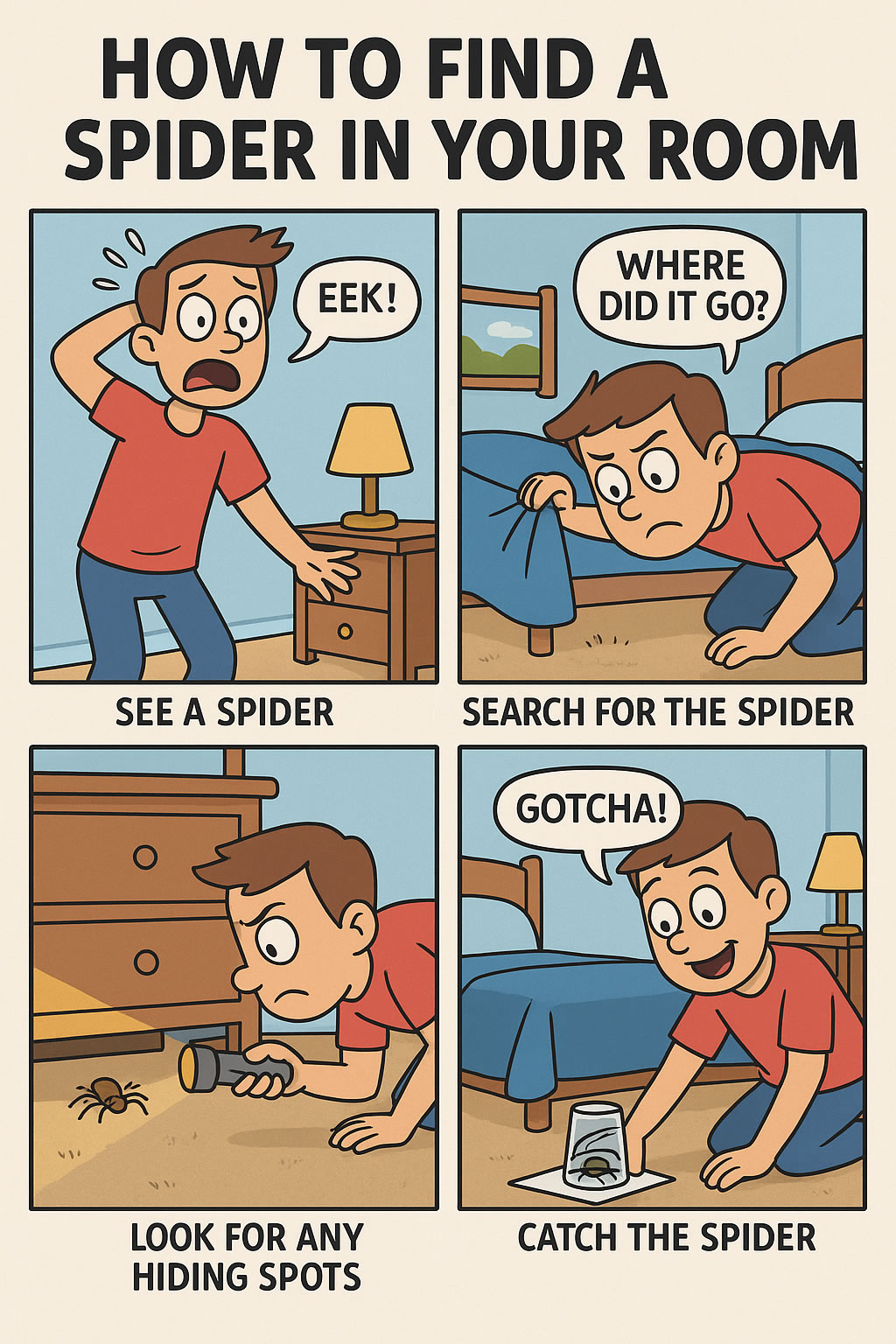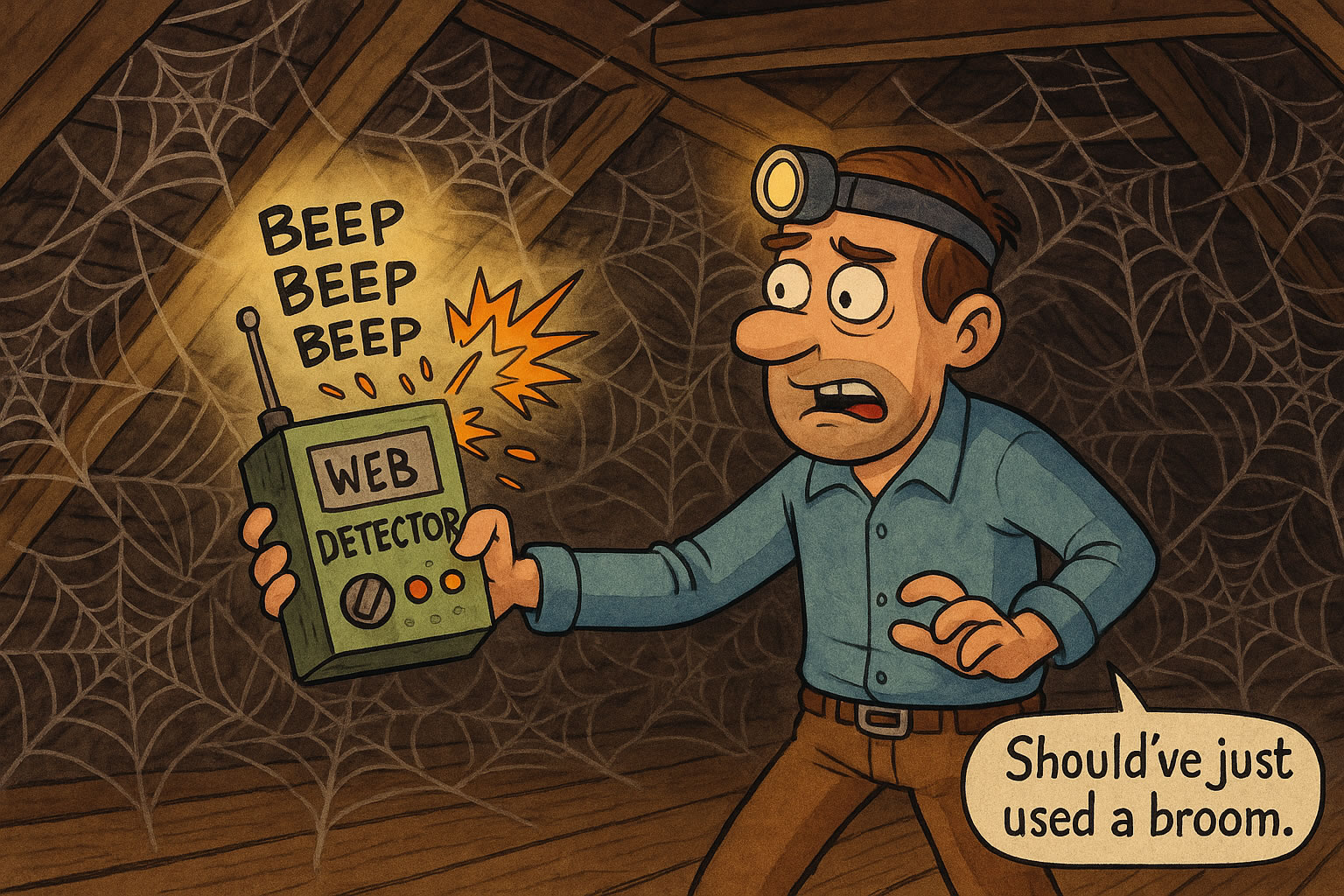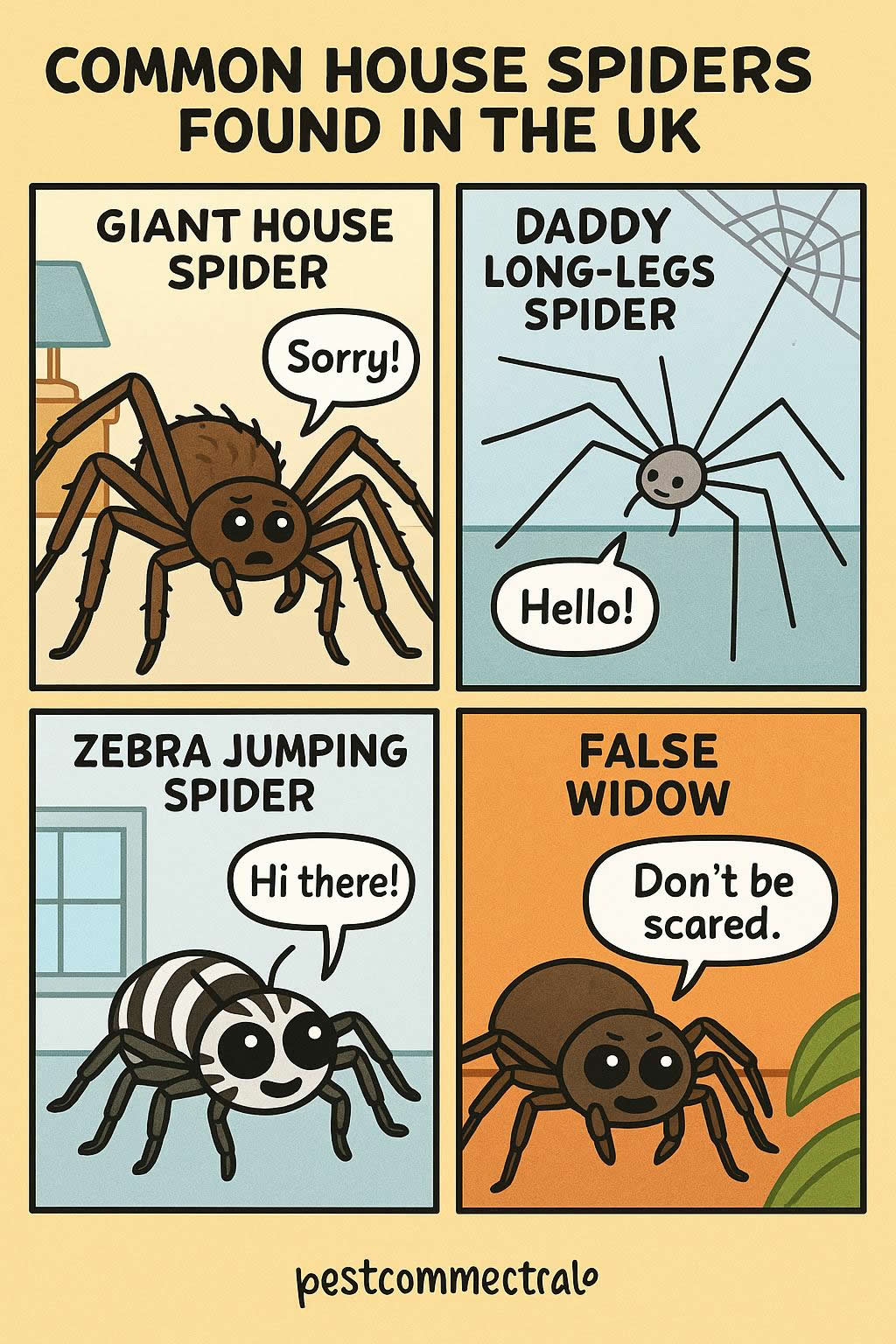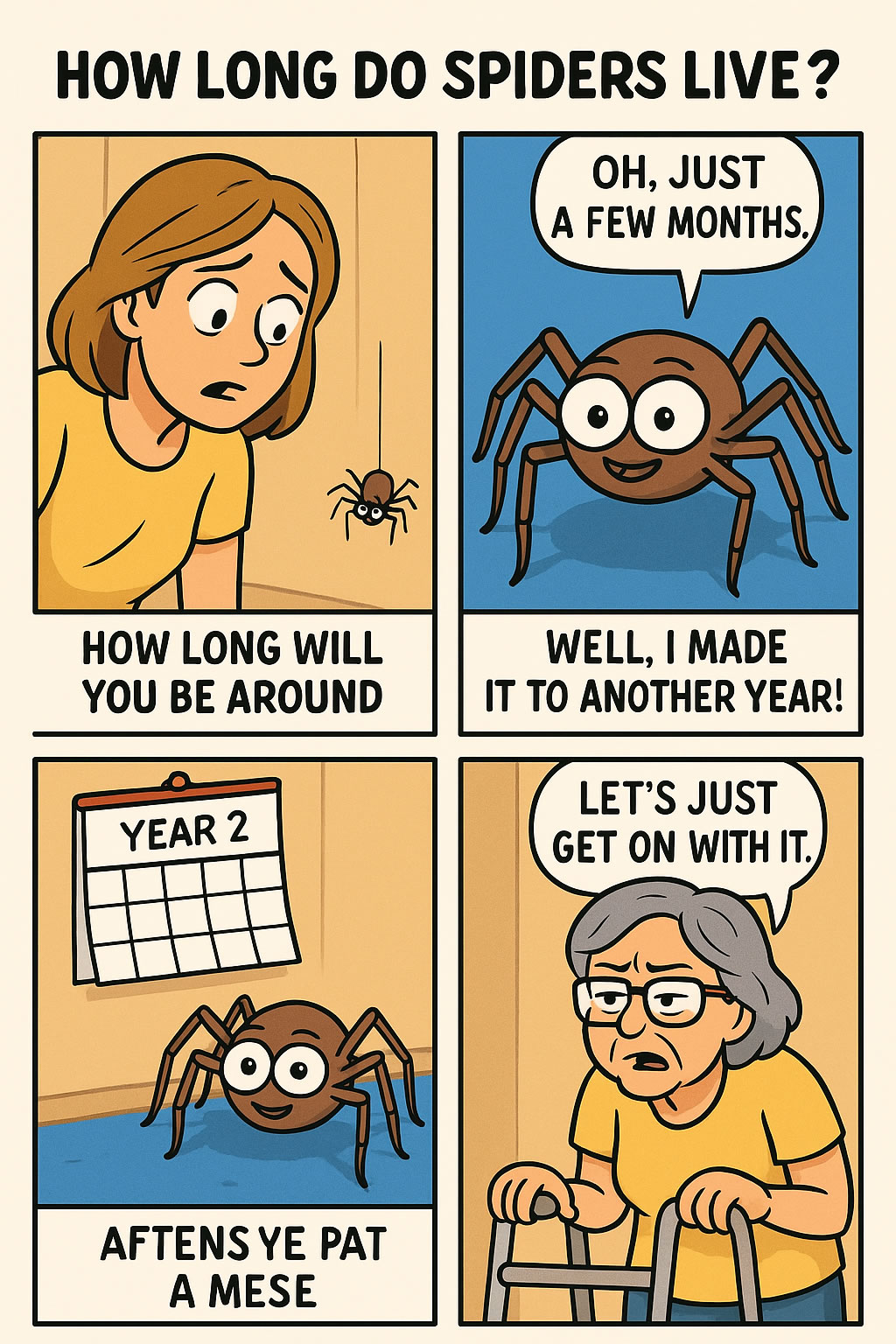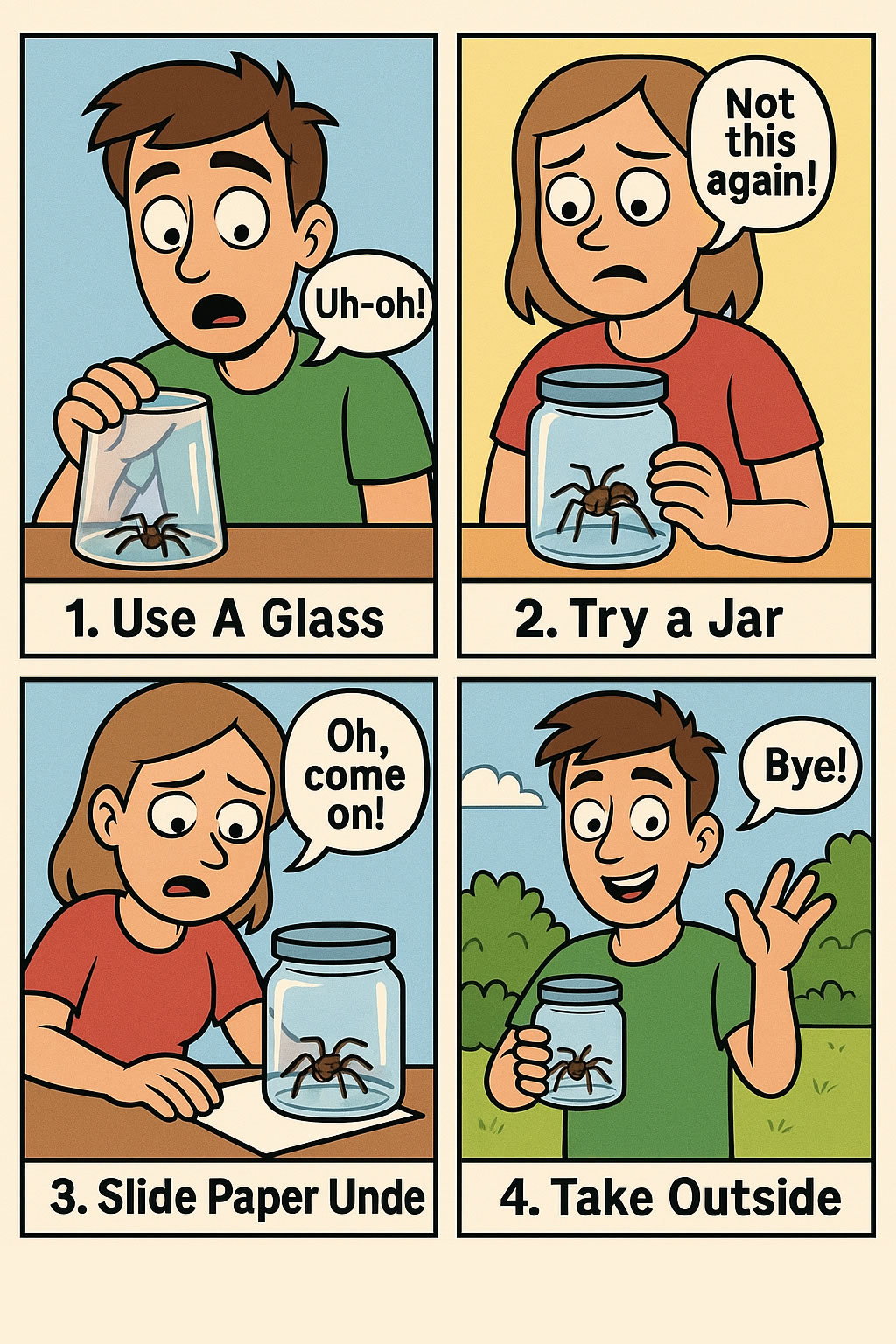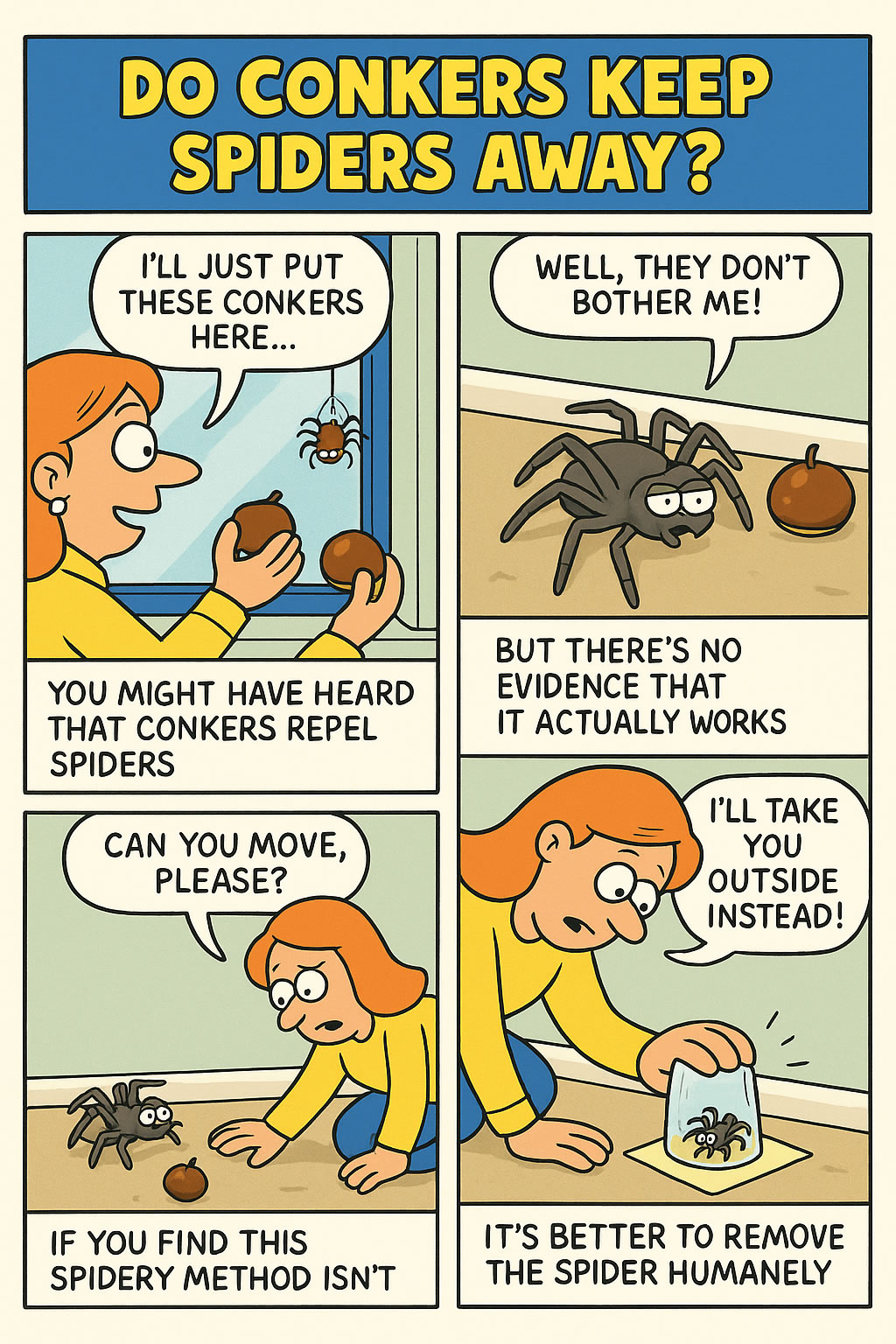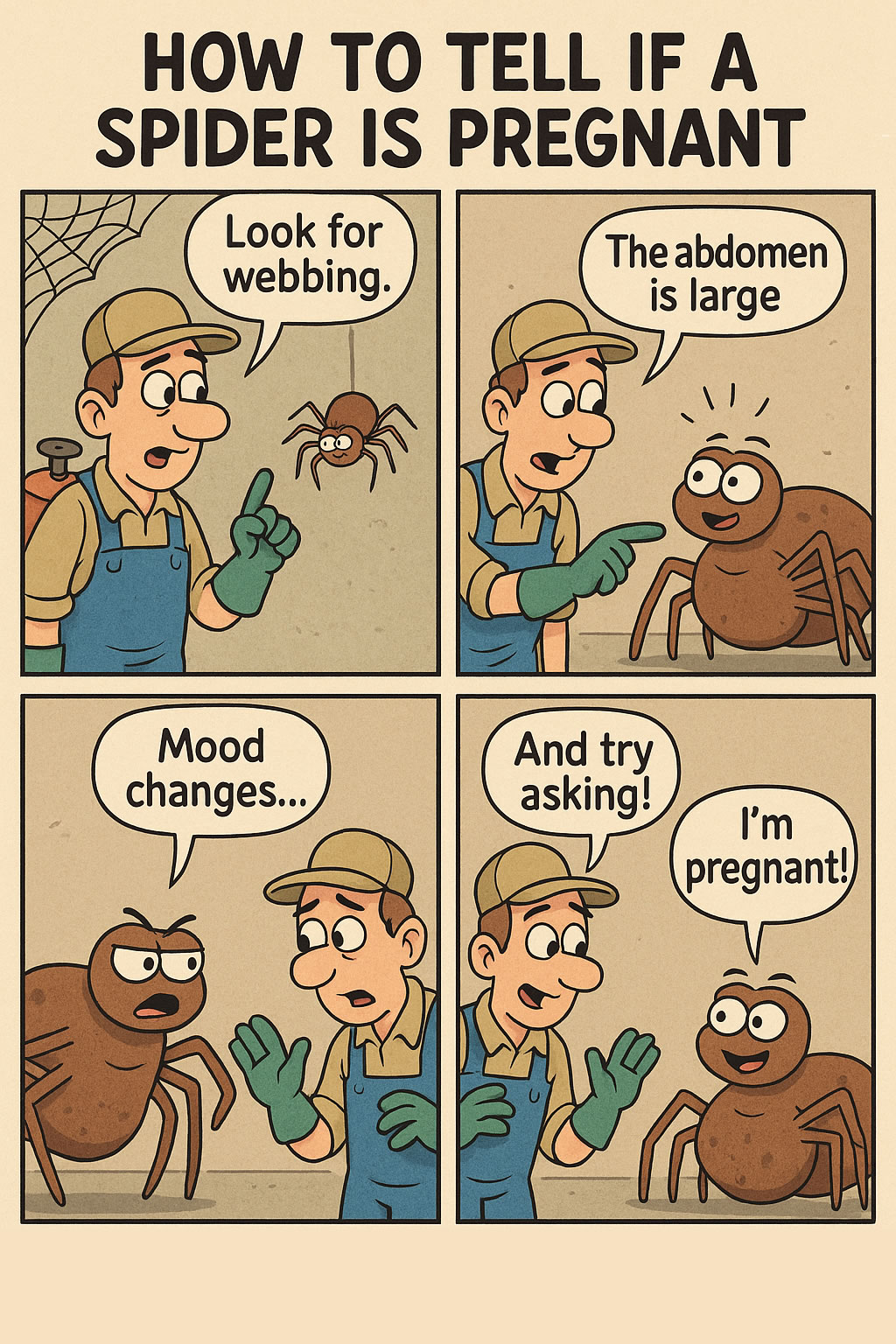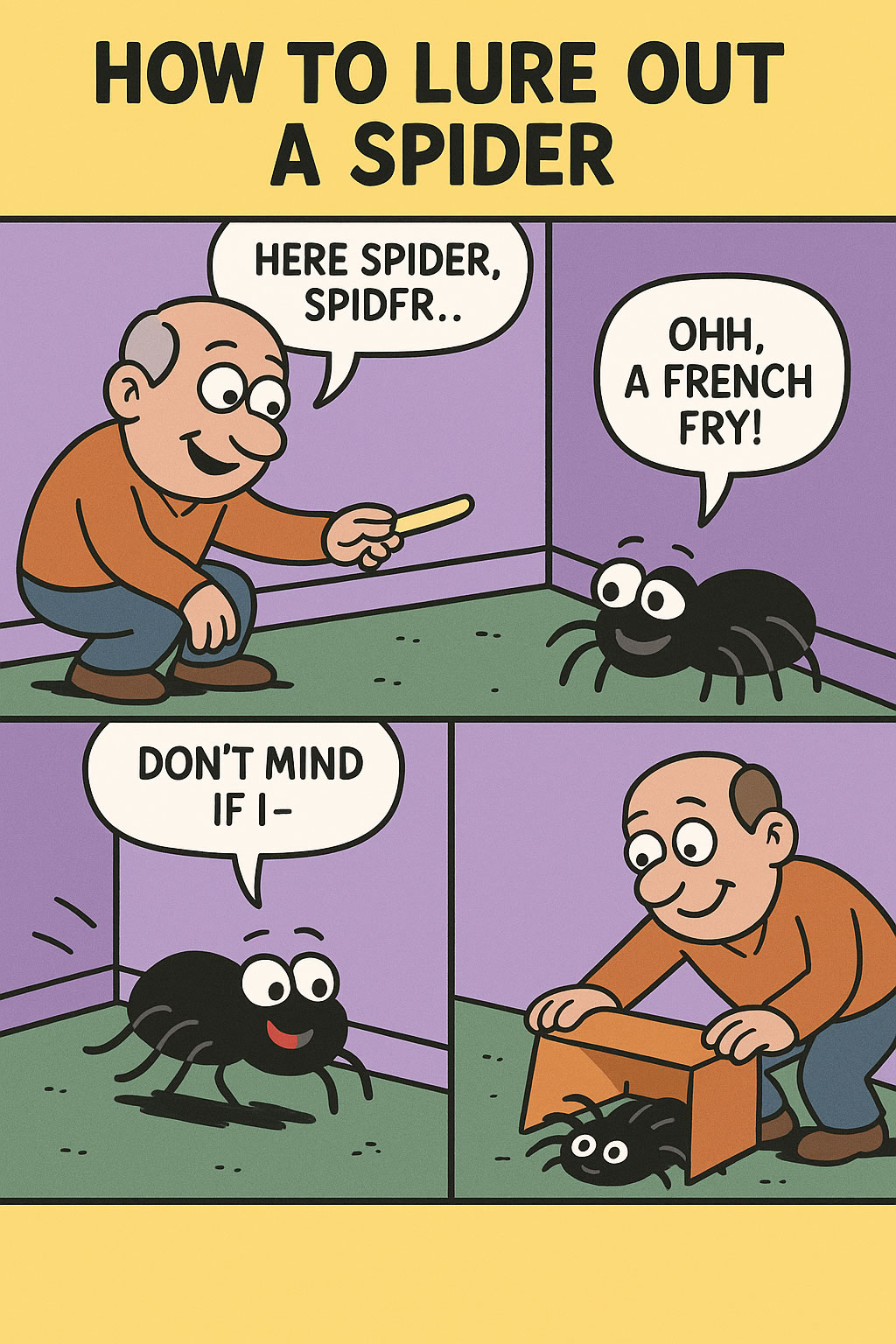Related Queries
ToggleYou saw it earlier — just a quick movement near the wall or across the floor — and now it’s gone. That moment of panic or discomfort doesn’t go away. Whether you’re scared of spiders or just want to make sure they’re not crawling where they shouldn’t be, knowing how to find a spider in your room is something that can give you peace of mind.
The trick is knowing where they tend to hide and how to look for them in a way that’s calm, careful, and effective. This guide walks you through it step by step, so you can find the spider that’s making you uneasy and decide what to do once you’ve found it.
Why do spiders come into your room in the first place?
Before you start searching, it helps to understand why a spider is even in your room to begin with. Most of the time, it’s not because your room is dirty or messy. Spiders don’t come in looking for crumbs. They come in for shelter, warmth, and food — which, in their case, usually means small insects.
Your room gives them quiet corners, steady temperatures, and the occasional bug to eat. That’s enough for a spider to stick around, especially in colder months when outdoor conditions become too harsh.
So while finding one might feel sudden, chances are it’s been there a while — just staying hidden.
Where do spiders hide in bedrooms?
Spiders like undisturbed places. They don’t want to be seen or squashed, so they choose spots where people don’t often look or touch.
Here’s where they’re most likely to be hiding:
- In the corners of the ceiling or floor
- Behind or under furniture
- Around windowsills or near radiators
- Inside shoes, under clothing piles, or beneath the bed
- Along skirting boards, especially if there are gaps
- In light fixtures or curtain folds
If you saw one and then lost track of it, chances are it slipped into a nearby hiding spot rather than travelling far. They don’t usually dash across rooms unless they feel threatened.
How should you start looking for a spider?
Don’t rush. Quick, frantic movement tends to scare spiders deeper into hiding. Start by calming the space — turn off background noise, keep the lights on, and move slowly.
Begin with the area where you last saw it. Spiders don’t go far unless disturbed. Scan the floor, corners, and edges around that spot. Use a torch if you need more light in hard-to-see areas.
If the spider’s not visible, start moving objects carefully:
- Slide out storage boxes from under your bed
- Pull out small furniture pieces if they’re close to the wall
- Check the folds of blankets, curtains, or clothes that might be draped over chairs
- Shine your torch under furniture and around the base of your bed frame
Keep your movements smooth. You don’t want to miss it because it’s startled and darts away too quickly.
What tools help you find a spider more easily?
You don’t need specialist gear, but having a few things to hand can make your search easier and more comfortable:
- A strong torch or phone light to check dark corners
- A thin, firm stick (like a ruler or wooden spoon) to lift or move things safely
- A clear glass or container in case you want to trap the spider
- A piece of stiff card or paper to help slide under the spider if you catch it
Using light is one of the best tools. Spiders often freeze when exposed suddenly, so a well-aimed beam into a dark corner might catch one out in the open.
What should you check that most people miss?
It’s easy to overlook a few common hiding spots, especially if you’re focusing only on floors or corners. But spiders can hide almost anywhere that’s still, dark, and undisturbed.
Make sure you also check:
- The back of your wardrobe or inside shoe boxes
- Behind picture frames
- Inside unused drawers
- Around plug sockets or cable clutter on the floor
- Near window blinds or curtain rails
Even soft furnishings like cushions or bean bags can give a spider a temporary place to hide. If something hasn’t been touched in a while, it’s worth checking.
How long will a spider stay hidden?
That depends on why it’s there. If it came inside for warmth, it might stay for days or even weeks if undisturbed. If it’s hunting insects, it may move from place to place slowly, following the scent or presence of prey.
Spiders don’t often stay in one spot forever, though. They need to move to find food or mates. So even if you don’t find it straight away, it may turn up again soon — especially at night when lights are low and the room is quiet.
Can spiders hide in your bed?
It’s not common, but it’s possible — especially if you leave piles of clothes or blankets on your bed. Spiders prefer the floor or corners over large open spaces, but if your bedding offers enough folds and cover, they might climb in.
If you’re worried, shake out your sheets and pillowcases before getting in. Remove anything from the bed that doesn’t need to be there. That helps make your bed less appealing as a hiding place.
What should you do if you still can’t find it?
If you’ve looked everywhere and still can’t find the spider, try setting the space in a way that helps you spot it later.
You can:
- Clear clutter from the floor so it has fewer places to hide
- Leave a light on near where you last saw it — spiders tend to avoid bright areas
- Place a towel or sheet flat on the floor with small objects around the edges (this way, if it walks across, you’re more likely to notice)
- Use a glass and card as a trap near its last known spot — check it every few hours
Spiders are more active at night. If you’re okay with waiting, keep the room calm and dim, then return quietly later. You might catch it on the move again.
What should you do once you find it?
Once you spot the spider, try not to panic. If you’re planning to remove it, now’s the time to act calmly and confidently.
Use your container and card to trap and carry it outside. Try not to squash it — most spiders found indoors in the UK aren’t harmful and are actually helpful, as they feed on insects like flies and moths.
If you’re not comfortable doing it yourself, ask someone you trust to help. Or, if you’re really anxious, use a long-handled spider catcher tool to keep your distance.
Can you stop spiders coming into your room again?
You can reduce the chances, yes. Start by making your room less inviting:
- Keep the room clean and clutter-free
- Vacuum corners and under furniture regularly
- Seal cracks along skirting boards and around windows
- Use draught excluders on doors
- Clear webs from windows or ceilings as soon as you spot them
If you often leave your windows open, especially at night, use mesh screens or keep the curtains closed to reduce the chance of spiders climbing in.
You can also try placing natural repellents, like peppermint oil or citrus peel, near entry points. These don’t guarantee results, but they can help deter spiders from settling.
Does finding one spider mean you have more?
Not always. Many spiders are solitary and don’t live in groups. If you saw one, it might just be a single spider that found its way in by accident. However, if you’re finding them regularly, it could mean your room is attracting them — either because of warmth, easy entry, or small insects nearby.
Keep track of how often you see them. If it becomes a pattern, it might be time to check other areas of your home or speak with a pest control specialist to make sure there’s no wider issue.
Final thoughts — stay calm, act early
Finding a spider in your room can be unsettling, especially if you’re not sure where it went. But once you know where to look and how to do it calmly, you can take back control of your space.
The key is not to rush, not to panic, and not to ignore it. Whether you’re scared, cautious, or just want it gone, you’ll feel better once you’ve found it — or at least know it’s no longer in your room.
So take a breath, grab your torch, and start looking. You’ve got this.
Pest Control Steppingley – Pest Control Wilstead – Pest Control Salford
